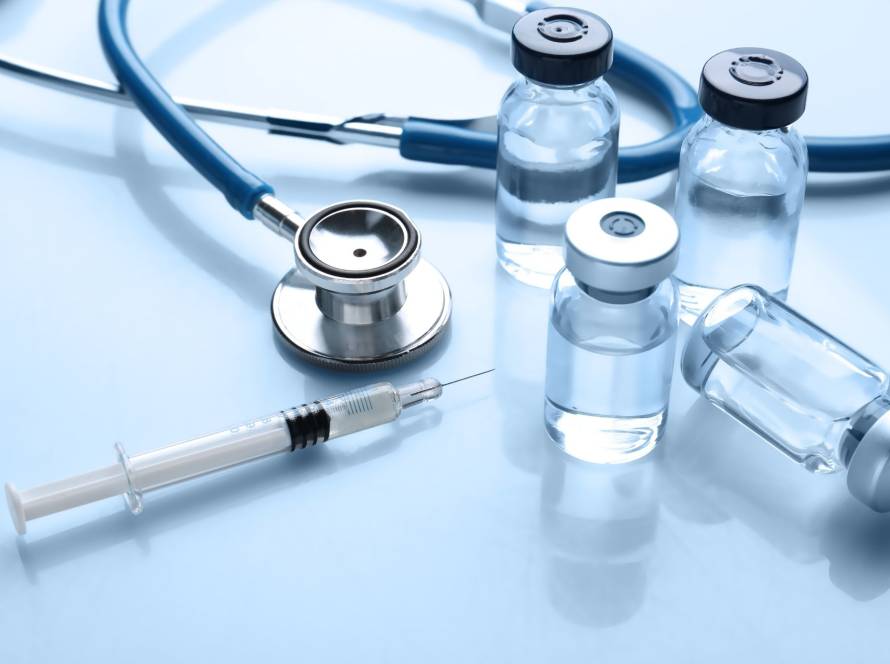Scientists are turning theory into reality with age reversal human trials that show measurable biological changes. The results are reshaping our knowledge of longevity science.
This piece dives into current age reversal human trials, their methods and early findings. We’ll look at which interventions show real promise and which might give false hope in the changing world of longevity science.
What age reversal really means
Age reversal represents a fundamental change from just slowing down aging. Scientists who slow aging want to decelerate deterioration, but age reversal aims to bring back youthful biological function at cellular and systemic levels. This difference matters because the goal goes beyond prevention and focuses on regaining lost function and vitality.
How it is different from slowing aging
The process actively turns back biological markers of aging instead of maintaining current states. Scientists focus on reversing accumulated damage rather than preventing new damage. Research studies show actual decreases in biological age measurements. A pilot study combined growth hormone, metformin and dehydroepiandrosterone (DHEA), which made participants test epigenetic age 2.16 years younger than their starting point.
Biological age vs chronological age
Our chronological age counts the years since birth, while biological age shows our body’s functional state based on molecular and physiological markers. Two people born in the same year can have very different biological ages because of their genetics, lifestyle and environmental exposures. Research shows that biological age serves as a stronger predictor of health outcomes and death risk than chronological age.
Key biomarkers: epigenetic clocks, telomeres and more
Scientists use several proven biomarkers to measure biological age:
- Epigenetic clocks track DNA methylation patterns at specific sites. Models like Horvath’s clock, PhenoAge and GrimAge can estimate biological age with remarkable precision. These clocks measure changes in gene expression without altering the genetic code;
- Telomeres protect chromosome ends and naturally become shorter with each cell division. People with shorter telomeres face three to eight times higher risk of death from heart and infectious diseases;
- Additional markers include senescent cell buildup, inflammation levels and DNA damage. The DunedinPACE algorithm works like an aging “speedometer” that shows aging speed rather than current biological age.
Scientists have found that different organs can age at different speeds within the same person, which allows targeted treatments.
Inside the most promising human trials
Scientists have started testing age reversal treatments in humans and early results show promise in making biological systems younger.
Epigenetic reprogramming with Yamanaka factors
Studies using OCT4, SOX2 and KLF4 (OSK) factors show a lot of potential to reverse aging. Researchers found “significant epigenetic markers of age reversal” in human keratinocytes that expressed these factors. The results became even more impressive in animal studies. When OSK was delivered throughout the body, it extended median remaining lifespan in elderly mice by 109% and improved their health markers, according to research.
NAD+ boosters like NMN and NR
Clinical tests of NAD+ precursors continue to advance. A random trial tested β-nicotinamide mononucleotide (NMN) supplements in healthy middle-aged adults. The results showed that NMN increased blood NAD+ levels by a lot at all doses (300-900 mg daily). People who took NMN could walk longer distances during six-minute walking tests. Metro International Biotech has now started human trials with its NAD+ boosting drug MIB-725, which worked well in early studies.
Senolytics: dasatinib + quercetin and others
Scientists have moved the senolytic combination of dasatinib and quercetin (D+Q) from animal testing to human trials. A breakthrough study showed D+Q reduced adipose tissue senescent cell burden within just 11 days. This treatment lowered p16INK4A and p21CIP1 expressing cells and reduced inflammation factors in the blood. Patients with idiopathic pulmonary fibrosis handled D+Q well, though some non-serious side effects occurred.
Rapamycin human trials and TORC1 inhibition
Rapamycin, which inhibits mTOR, has yielded promising results in human trials. Elderly participants who took rapamycin derivatives showed better immune responses as their immunosenescence reversed. A newer study, published in by researchers showed that 10 mg/week of rapamycin helped older women gain over 5% lean mass and feel less pain.
Plasma exchange and young plasma studies
Therapeutic plasma exchange (TPE) helps create “a global shift to a younger systemic proteome”. Research showed TPE brought back youthful levels of pro-regenerative and anti-cancer regulators while reducing cell aging. Young plasma given to aged rats helped them live 2.2 months longer than untreated rats, according to studies.
Gene therapy approaches: TERT, Klotho and more
Gene therapy targeting telomerase (TERT) and klotho has progressed to human trials. Animal studies revealed that klotho gene therapy helped mice live 17.4% longer. The therapy improved brain health and treated mice had “astrocyte numbers similar to young mice”.
What the data actually shows
Recent clinical data shows both promising results and limitations in age reversal treatments. Research evidence paints a clearer picture of what works in human trials.
TRIIM trial and immune rejuvenation
The Thymus Regeneration, Immunorestoration and Insulin Mitigation (TRIIM) trial showed remarkable thymus regeneration in aging men. The treatment combined growth hormone, DHEA and metformin. Participants’ epigenetic age reversed by 2.5 years on average after a year of treatment. The trial produced strong evidence of thymic regeneration and improved several disease risk factors and age related immune markers. The GrimAge clock, which best predicts how long people live, kept showing better results even after the treatment stopped.
NAD+ trials: safety vs efficacy
NAD+ precursor trials have a proven safety record but mixed results in how well they work. A random trial with 80 middle-aged adults showed blood NAD+ levels increased by a lot in all groups taking NMN (300mg, 600mg and 900mg daily) compared to placebo. Physical performance got better in all treatment groups. People could walk much further during six-minute tests. The results showed 600mg daily worked best, with no extra benefits from higher doses.
Senolytics and physical function improvements
The combination of dasatinib and quercetin (D+Q) has produced impressive results in animals and early human studies. Mice taking this combination moved better, ran longer on treadmills, had stronger grip strength and were more active daily. Taking it occasionally increased their remaining lifespan by 36% and reduced death risk to 65%, according to studies.
Rapamycin and immune response in elderly
Clinical trials show that rapamycin derivatives can boost older people’s immune response by reversing immunosenescence. Lower doses worked better than higher ones to improve elderly volunteers’ response to flu shots. Rapamycin also improved heart and skin health markers. However, some people with age-related diseases had more infections and higher cholesterol and triglycerides.
Epigenetic age reversal in lifestyle trials
Simple lifestyle changes can make a measurable difference. An 8-week program with diet, sleep, exercise and relaxation guidance plus probiotics and plant nutrients made participants 3.23 years younger (by DNAmAge) than the control group. Their health markers improved too, folate went up by 15% and triglycerides dropped by 25%.
Barriers to widespread use
Age reversal therapies show promise, but many roadblocks stand in the way before they become standard medical treatments. Scientists and regulators face several challenges to transform laboratory breakthroughs into treatments that are accessible to more people.
Ethical concerns and regulatory hurdles
The regulatory system hasn’t kept pace with aging science. The FDA does not currently recognize aging as a disease and sees it as a natural process, which creates a major regulatory obstacle. Scientists have no clear path to approve therapies that target aging directly. This regulatory uncertainty forces them to study specific age related diseases rather than aging itself.
Trial design limitations and inclusion criteria
Clinical trials face real world challenges. Studies on anti-aging need more time to show results. Trials with healthy participants require larger groups to spot differences, which makes costs go up substantially. Most current research lacks statistical strength because the study groups are too small.
Scientists can’t pinpoint which part of a combined treatment actually works. On top of that, they need to verify results in a variety of populations, but most studies only look at specific groups like middle-aged men.
Cost and accessibility of future therapies
Regenerative treatments cost a lot and insurance rarely covers them. This raises questions about fair access. If we have clear health benefits, only wealthy people might get access at first, which could make health inequalities worse.
The future looks promising though. Early treatments like metformin and rapamycin are off-patent and cheap. These therapies could save healthcare systems money by preventing expensive age related conditions. More people using these treatments would help early investors through economies of scale and proven safety records.
Age reversal research has reached an amazing turning point. Animal studies laid the groundwork for years and now human trials show that biological age reversal is real rather than just an idea. Of course, the most important evidence comes from treatments that target multiple aging pathways at once.


